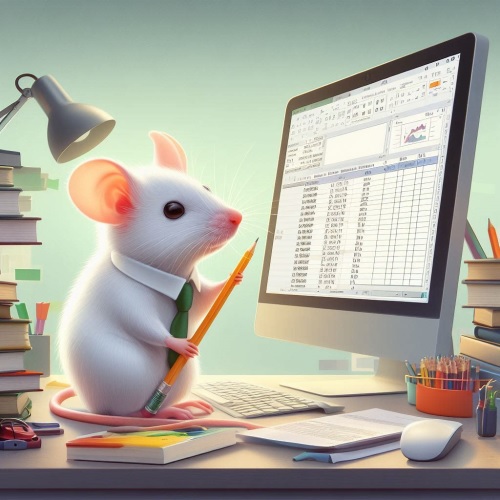Physics: Data Collection and Analysis

Data Collection: Gathering Information Like a Detective
Imagine you're a detective trying to solve a mystery. To crack the case, you need to collect clues and evidence. Data collection is like being a detective, but instead of solving crimes, you're gathering information about something you want to learn more about.
Here's how it works:
1. Asking Questions: First, you start with a question or something you want to find out. For example, you might wonder, "How does the weather change during different seasons?"
2. Choosing Methods: Next, you figure out how to get the answers to your questions. You might use tools like thermometers, rain gauges, or even a notebook to write down what you observe.
3. Gathering Data: This is where the detective work begins! You go out and collect information, like measuring temperatures, recording how much it rains, or counting the number of sunny days.
4. Being Precise: It's important to be careful and precise, just like a detective gathering evidence at a crime scene. You want your data to be accurate, so you can trust the results.
5. Organizing: Once you have all your data, you organize it neatly, like putting your clues in order. You might create tables, charts, or graphs to help you see patterns.
Data Analysis: Finding the Story in the Clues
Now that you have all this information, it's time to make sense of it. Data analysis is like being a detective who looks at the clues and pieces them together to solve the mystery.
Here's how it works:
1. Looking for Patterns: You examine your data to see if there are any patterns or trends. For example, do the temperatures get colder as winter approaches?
2. Asking Why: Just like a detective asks "why" and "how" questions, you try to understand why things are happening. Why does the weather change during different seasons?
3. Drawing Conclusions: Based on what you've found, you draw conclusions or make educated guesses about your questions. For instance, you might conclude that the weather gets colder in winter because the Earth tilts away from the Sun.
4. Sharing Your Discoveries: Finally, you share your findings with others. This is how scientists and detectives help each other learn and solve mysteries.
In summary, data collection is like gathering clues as a detective, where you carefully collect information to answer questions. Data analysis is like solving the mystery, where you look for patterns and draw conclusions to understand the story behind the data. It's all about exploring and learning from the information you've gathered!